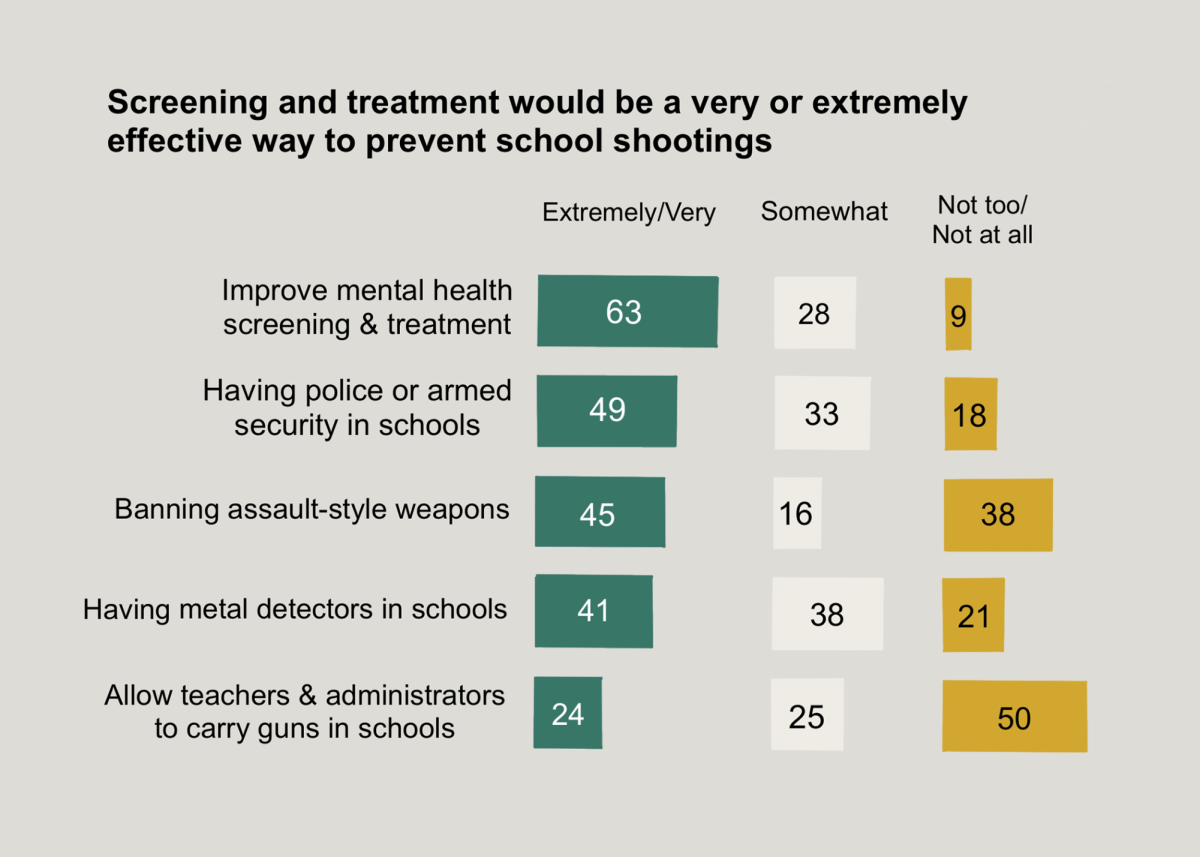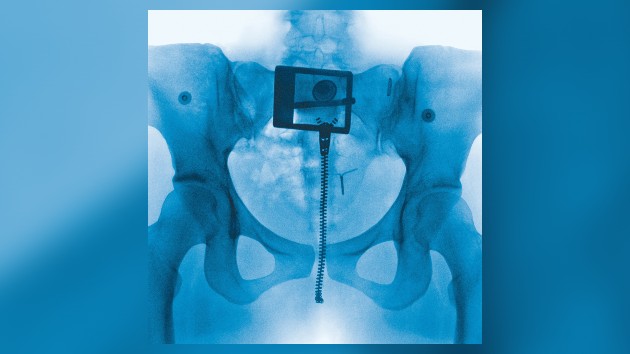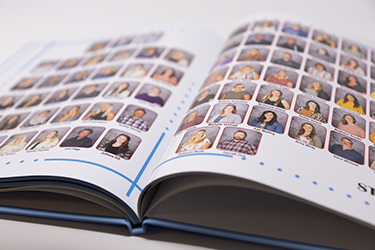In the wake of the recent school shooting at Apalachee High School in Georgia, the prospect of school shootings is ever-present in the minds of students, parents and school faculty.
On Sept. 5, 2024, a 14-year-old student killed two students and two teachers with an AR-15 at a high school in Winder, Georgia. This event is part of a growing trend: there have been more than 385 mass shootings across the US so far this year, according to the Gun Violence Archive, which defines a mass shooting as an incident in which four or more people are injured or killed.
FHS senior Abhay Pranav reflected on the unceasing threat of such violence and the fear it instills in communities while simultaneously desensitizing people.
“We believe that situations can never happen,” Pranav said. “But the victims didn’t think that either, right? They never believed that they would have to go through the same situation. I’m just scared, honestly, knowing that there are threats that could be made and that one issue, one person can lead to devastating countless families.”
FHS English teacher Chary Sagnip Salvador shared her experiences with school shooting scares throughout her career, describing how even false alarms have caused terror among students. She recounted an incident when construction was ongoing at FHS, where nail guns used by contractors sounded like gunshots and the school went into lockdown.
“If you’re not familiar with gunshots, it does get scary,” Salvador said. “We’re a very open campus. The rooms [were dark] and the kids were crying because it was in the morning time before school started and we had to yell at kids to come into my room. They were students that were not mine, and they were starting to cry like ‘What’s happening, what’s happening?’”
Despite existing laws prohibiting certain individuals, such as minors, convicted criminals and the mentally ill from purchasing firearms — and requiring background checks from federally licensed dealers — access to assault weapons remains a major issue. For decades, advocates have called for more stringent gun control measures, but efforts to pass legislation, such as bans on assault weapons or expanded background checks, have repeatedly stalled in Congress. Since the expiration of the federal assault weapons ban in September 2024, there are no current federal laws banning semi-automatic assault weapons or mandating firearm safety training.
Pranav agreed that while gun regulations are important, they are not a complete solution. A significant factor in school shootings is the mental health of students, as those struggling with poor mental health often resort to gun violence as an outlet for their pain.
“I do agree that there should be more regulations in place,” Pranav said. “But if we’re talking about mass shootings or mass killings, [regulations are] just not going to be the way we can fully solve the issue, right? Not only should we pursue more regulation for weaponry, but I think we should tackle the social issues of it, like, ‘how are we treating our youth?’”
FHS actively monitors for students exhibiting signs of self-harm or potential violence, working closely with the Sunnyvale Police Department. Additionally, FHS Dean of Students Mayra Valdivia, who oversees school safety, encourages students to report concerning behavior through the Say Something app, which allows anonymous tips.
“Sometimes PD already knows about it, because they’re monitoring that,” Valdivia said.“Other times, if it’s us or a teacher, say, ‘Hey, I noticed so-and-so has been different, withdrawn,’ there are also procedures in place for that. PD can go do a welfare check to the house and assess, where there is something called a 5150, a kind of hold where if mental health professionals and PD feel like this student might be in danger of themselves, then there’s a process for that.”
While there is no infallible way to guarantee safety, schools follow strict protocols when dangerous situations arise. When FHS is made aware of people who may be in possession of a weapon, they immediately triage with public safety partners and internally determine information about the suspect, according to Valdivia.
“Once we have that assertion [and] we know for sure that there is a weapon on campus, there’s different things that go into play, like going into a shelter in place or going into a lockdown, and that really is to contain the rest of the campus, the other 2000-plus students and staff, in a single place, versus walking around and maybe running into this threat,” Valdivia said. “The goal would be to contain the situation.”
In addition to established safety protocols, FUHSD faculty undergo extensive training for emergencies. Salvador, whose current classroom is close to an entry point, has taken extra precautions, including installing a door sensor and positioning heavy furniture near the door to barricade the room if necessary.
“Because the access point to my room is very, very quick, and I am the first door coming in from that main door, that freaks me out,” Salvador said. “Every time [someone walks by my window] I’m reminded of how vulnerable my particular classroom can be. But then I rest assured, knowing that I have a plan.”
With well-trained staff, constant surveillance and quick response plans, Valdivia expressed confidence in the school’s ability to protect students during emergencies. She urged students to follow instructions from teachers and PA communication, stressing the importance of cooperating, evacuating without delay, and remaining calm to avoid unnecessary risks.
“Our goal is that everyone comes to school and gets to go home to their loved ones,” Valdivia said. “That is the goal daily.”






















